Part 1 focused on the gear needed to plug fish – rods and reels, the various plugs you need, and how to customize your gear to maximize its fish catching action.
Here in part 2 the focus is how to use plugs – what water to focus on, which plug to use for given conditions, how to build a wall of death and backtroll.
Also covered is how to fish plugs from the bank – without a boat.
Read The Water
We’ve been hearing good reports about our favorite river, so we throw our collection of plugs in the boat, along with our plugging rod and hit the water. The only problem is we aren’t sure exactly where to fish these plugs.
A good place to start is typical steelhead water – that is water that is moving at a walking pace and is 4 to 8 feet deep. People are a little vague about what a walking pace is, but 2.5 MPH should be reasonably close.
Good places to work plugs include:
- Pools
- Current seams
- Inside bends
- Flats
- Tailouts
- Tributary mouths
- Near structure
If the water is high and fast, then the steelhead will typically be close to shore, and tight into structure, where the current is broken up and easier to stay in.
If water is low and clear, then we might find them in the deeper pools or slots and where riffles or structure let them hide.
If the water is cold then they sometimes find deep slow holes to hide out in. Cold water isn’t a specific temperature, because the different rivers have different “normal” temperatures. What is cold for a river in California might be normal for one in Washington state. You’ll need to become familiar with the waters you fish to learn what normal and cold temperatures are.
Pick The Right Plug
Once we select what water we are going to fish, we can pick what plugs work best for that condition. The choice is largely going to be based on:
- Water depth
- Water speed
- Water clarity
That will help us narrow down which plugs to use. We can then further optimize our choice by taking into account current weather conditions.
The guidelines we follow are:
- The plug should dive to the bottom of the river
- The plug needs to work in the speed of water, and even a bit slower
- The plug size and color need to match water visibility
- Metallic colors work best with sunlight, painted colors in low light conditions
With that in mind we can summarize our choices in the table below.
| Water Conditions | Plug Size | Plug Colors |
| Clear Water | Small | Copper, Black, Natural colors like Crawfish or Rainbow Trout |
| Steelhead Green Water | Medium | Copper, Gold, Silver and other Metallic Colors. White colors. |
| Murky Water | Large | Gold, Metallic Blue or Green, White colors. |
| Deep Water | Large | UV colors, like Fluorescent Red |
As mentioned above we also adjust with the current weather. When a color matches both our selection based on water condition and weather condition, then likely that color will work quite well.
| Weather Conditions | Plug Colors |
| Sunny | Gold, Silver, Copper, other metallic colors |
| Partly Cloudy | Copper, Gold, White, Natural colors |
| Overcast | Black, White, UV colors |
If you are just starting your plug collection, then consider where and when you will likely be plug fishing. Then consult the tables above to determine which plugs you should first buy.
For example, say you are planning on mostly fishing for winter steelhead on a large river like the Skykomish. Odds are you’ll not have to worry too much about fishing low clear water, or on sunny days. So, you can maximize your choices for cloudy conditions and ideal to off color water – in other words medium and large plugs in metallic and solid colors.
On the other end say you are mostly going to fish for summer steelhead in a smaller tributary. Clear to ideal water, and sunny days will be typical. So now you can focus on smaller plugs in natural and metallic colors.
To Wrap or Not To Wrap
As with most fishing a bit of natural scent can enhance the effectiveness of artificial lures. Plugs are no exception.
One way to add scent is to put on a bait wrap. This is typically only done with banana style plugs. How to setup your plug is pretty simple.
- Take a piece of natural bait – this could be a bit of a fillet from a bait fish, or piece of a shrimp or even a clump of roe.
- Holding the bait centered around the belly hook, securely fasten it to the plug by wrapping it tightly with stretchy thread
- Finish the wrap with a few half-hitch knots
- Verify the plug runs true and the action looks good
If you don’t have natural bait for a wrap, or are using a different style plug, then you can use a commercial scent. Just squirt some on your plug and start fishing. You may need to reapply scent often. Shrimp, sand shrimp, anise, crawdad and salmon egg are standard choices for steelhead.
Keep It Clean
If you use commercial scent or wraps, make sure to clean your plugs when you are done fishing. Otherwise that old scent will spoil on your lure – which is a turn off for fish. Cleaning your plugs is probably a good idea, even if you don’t apply a commercial scent – as they might pick up scents from the boat or fish that you catch.
How I clean my plugs is:
- Give it a hit of WD-40. This loosens up any scent oils on the plug.
- Wipe it with a rag
- Put in a bath of water and Lemon Joy
- Using a rag or small brush, give it the plug a gentle scrub
- Wipe it down with a dry clean rag, or place somewhere it can air dry
It may be hard to get in this habit – especially when you are cold and wet after fishing in our Northwest winter weather. However, this is an essential step which will help you catch more fish.
Tune The Plug
Your plug needs to be in tune. When I first heard that I pictured a row of plugs all making noise in harmony together. What it really means is that the plug is working properly and running true.
You test your plug by:
- Placing the lure in the water
- Letting out about 6 feet of line
- Point the rod downstream and wait until the slack is gone and the plug is working in the current.
- Then pull the rod forward along the side of the boat, watching the lure as you do so
- If the plug traveled straight, maintained it diving action and had a good wiggle then it is properly tuned
If the plug travels off to one side, then it is out of tune. To fix it, take the plug out of the water. With a pair of needle nose pliers turn the screw eye on the plug. If the plug was running to the right, then turn the screw to the right. If it was running to the left, then turn it to the left. Often just a small adjustment is needed.
If you have a bait wrap and the plug insists on staying out of tune, then inspect the wrap. The wrap may be too big, or might be unbalancing the plug.
If the plug is having trouble diving, or not producing the right action then the water may be too slow. If it spins, then the water might be too fast. Usually this means you need to switch plugs.
However, you can tweak it by changing hook sizes and doing the other adjustments covered earlier.
Don’t fish a plug until it successfully runs true. Otherwise its fish catching ability will be minimal.
Start Fishing
Now it is time to start fishing. With the plug in the water, let out about 40 to 50 feet of line. This is where a line counter or the metered line can really help.
If the water is murky then you can run the lures closer to the boat, but in general you want to avoid letting out more than 50 feet of line – the extra drag of the line can affect how well the plug dives.
The tip of the rod should vibrate due to the action of the lure. That wiggle lets you know that the lure is properly working. If that wiggle stops then something is interfering with the plug. Most of the time it will be a piece of debris, like a leaf, which has caught on the line or lure. It could also mean that the lure has gotten stuck under a rock or log.
In any case giving the line a good pull resolves most issues. If the problem persists then reel in the plug, inspect it and let it back out.
This is where having a good plug rod can help you catch more fish, by having a sensitive tip that can tell you when the lure isn’t working.
When a fish strikes the lure it is usually quite savage. One second the rod will be sitting in the rod holder with the tip wiggling. The next the rod will be bent over, possibly peeling line as the fish fights.
When this happens pick up the rod and start fishing the fish. There is no need to do a hookset, as the stiff butt section of a good plug rod has already done that for you.
Wall of Death
If multiple people are fishing from the boat, then you’ll have the most success forming a “wall of death.” This means running the plugs all the same distance from the back of the boat. When a steelhead encounters all those plugs, it will not be frustrated at not being able to get around them, and will strike them instead.
Metered line or line counter reels can be helpful in achieving the wall of death. One old school method is to have pre-measured the line and place a bobber stop on the line at the desired distance.
If your rod holders are staggered in the boat, then take that into account. Rods closer to the downstream side of the boat should have out a little less line than those farther away from the downstream side. Remember the goal is to have the lures form a straight line across the river.
Some people prefer the plugs to form a bit of a V – with the center most plugs being a little more downsteam – forming the point. The side plugs are then a little closer to the boat. The difference shouldn’t be much – just 2 or 3 feet.
Backtrolling
You can keep the boat in the same place, usually with an anchor – waiting for fish to swim forward until they encounter your plugs. Or you can go “hunting” for them by back trolling.
Forward trolling is where the boat moves forward through the water. Back trolling is similar, only in this case the boat moves backwards, but at a slower speed than the current. This allows the current to work the plugs, while allowing the boat to cover different water.
You want to drift downstream at about half the speed of the current. However, it is best to take your time. Too slow is much better than too fast. It is even perfectly alright to completely stop from time to time – especially when your plugs approach a particularly fishy spot.
Your plug will dive better the slower you go, so if it isn’t getting close to bottom, then that is a good indicator you are back trolling too fast.
Backtroll all the way through the slot, run or pool. This is important as most strikes will happen in the last third of the run. Many times, the wall of death will push the fish backwards. As the run ends and turns into fast ripples. If your plugs have been backing up a fish, then it has to make a choice – attach those plugs, or drop all the way back through those riffles into the next run.
One of the most savage plug strikes I’ve seen was as we back trolled through a nice run that ended in a chute. Just as the plugs reached the head of the chute, the fish struck and rod absolutely bent double. It was quite a memorable experience.
Some people like going side to side while backtrolling. Most experienced plug fishermen, however, say they have better success going straight downstream. This is makes sense when you think about the way the plugs can push the fish downstream. If you move to the side, then you give them a chance to slide around your wall of death. Avoid side to side movements, except as required to avoid obstacles in the river.
Using A Plug From Shore
If you are stuck on shore you may think there is no way you can plug fish for steelhead, and that techniques like backtrolling are the sole domain of those snobby boat fishermen. Lucky for those of us stuck on the bank we can use plugs too.
There are three primary ways that you can plug for steelhead from shore – with a side planer, back footing and plunking.
Plugs and Side Planers
Luhr Jensen sells a side planer called the Hot Shot Side Planer. It is no coincidence that this name matches that of their Hot Shot plugs. It is a side planer designed to be used to plug from shore.
The assembly is simple.
- Figure out which side of the planer will be facing away from you. The easiest way to do this is to take the body and hold it parallel with the river. The end with the metal arm should be on the upstream side.
- Slide the plastic arm on the side facing away from you.
- Attach the plane to the plastic arm. Use the big one if the water is slow, the small one if it is fast.
- Pass your main line through the hole at the end of the metal arm.
- Run the mainline through the metal grommet at the on the upstream side of the planer
- Pass the mainline through the eye at the downstream side.
- Tie a swivel on the end of the mainline
- Attach leader and plug to the swivel
You are now all rigged up to use the side planner.
Now to get it in the water.
- Put the plug in the water, and allow the current to start pulling it away.
- Let out about 30 to 40 feet of line – letting it all pass through the side planer, causing the lure to get farther downstream.
- Slide the metal arm of the side planer into the notch, so the arm faces your rod
- Take the mainline and wrap it around that top at the front about 3 or 4 times
- Put the side planner in the water, so the current catches it
- Keeping the line tight, slowly let out line. This will cause the side planer to work farther out in the river.
- Stop when the planer is inline with where you want the lure to be.
At this point you are fishing. You can stay still and wait for the strike. Or you can SLOWLY walk downstream, keeping the line tight, to simulate backtrolling.
When a fish hits the plug you’ll feel the tug on the rod. Do a quick hookset action. This will cause the line to pull off the tab, and the metal arm to slide out of the notch.
The side planer will then slide down your mainline until it hits the swivel. This will make it easier to fight the fish, and allow you to reel up to that swivel. It is quite similar to how a sliding float works on retrieval.
Back Footing
I first heard of this technique from JD Richey. It works best on smaller steelhead streams, where you can wade to be directly above where you want to fish.
Once in the water let out your plug 30 to 40 feet back. Then slowly start walking downstream.
Remember to take is slow and watch your footing. You don’t want to fall in. Also be mindful of potential redds – gravel areas where fish lay their eggs. If we love fishing, then we need to treat fish with respect so we can continue to fish them in the future.
JD documents this method in more detail on his site, fishwithjd.com.
Plunking with Plugs
For those who like to plunk bait, you can also use plugs at the same time.
First rig up your line for your typical plunking setup. However, do 1 extra thing – about 15-18 inches above where the dropper is for your weight attach an extra swivel to your line. Above that swivel put a decent size bead or corkie.
Next, bait up and cast our your setup. Then place your rod in the holder.
Now take the plug you want to use and tie on a 2 or 3 foot leader. At the other end of the leader tie on a snap (I recommend a duo lock snap).
Close the snap around the mainline, and let the plug drop into the current. As the current pulls the plug, it will start to dive. This will cause that snap to slide down your mainline. It will stop once it reaches that bead/swivel combo.
Now you have both your plunking bait and plug fishing.
When a fish hits, set the hook and fight it in.
Resetting the line is also easy. After you reel it all in, just undo the snap to remove the plug. Cast back out. Then snap it back around the mainline, and you are back in business.
Conclusion
I hope you’ve found this article helpful, and wish you the best of success in your plug fishing. Please comment and share any questions, tips or experiences you have.
Tight Lines!

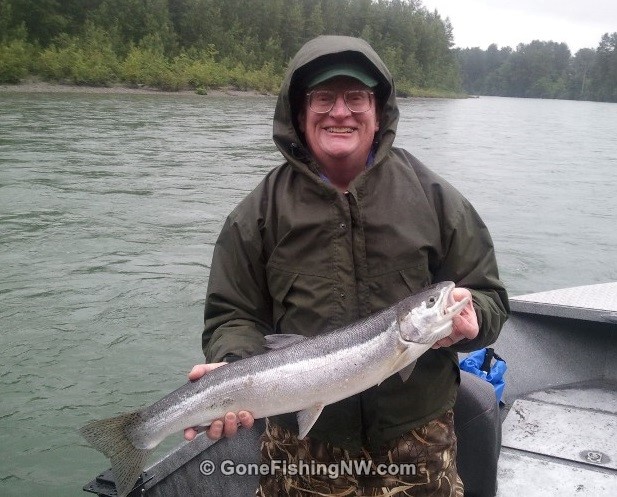

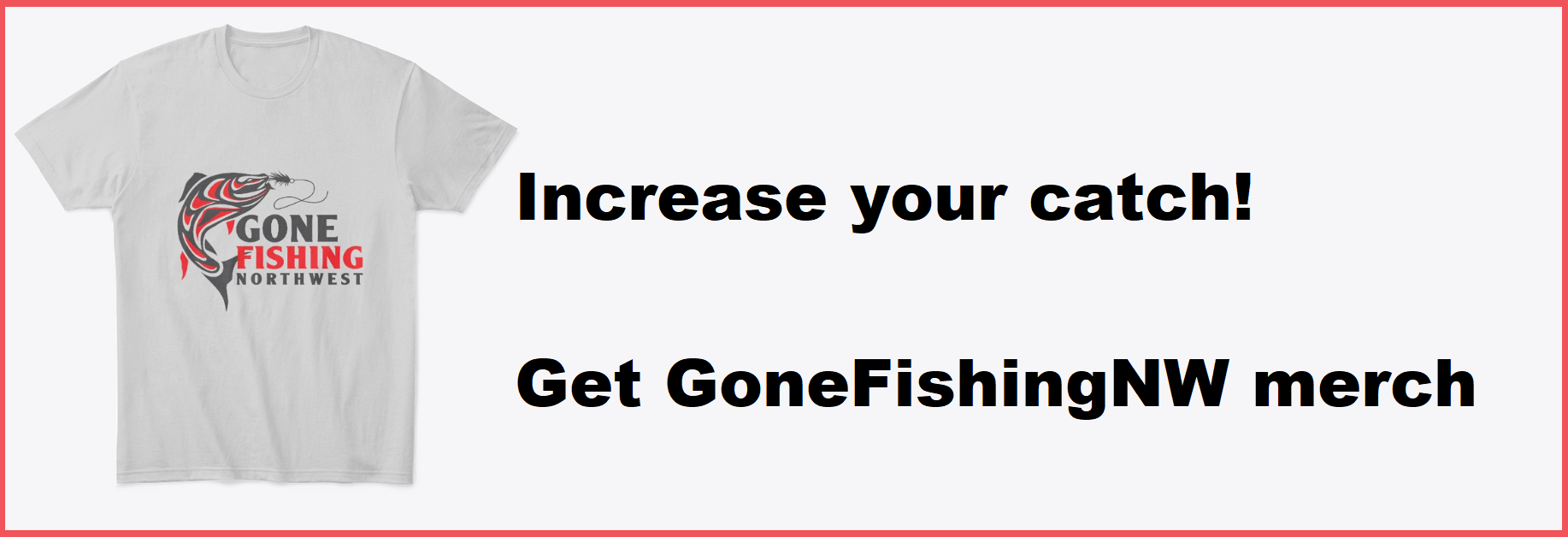



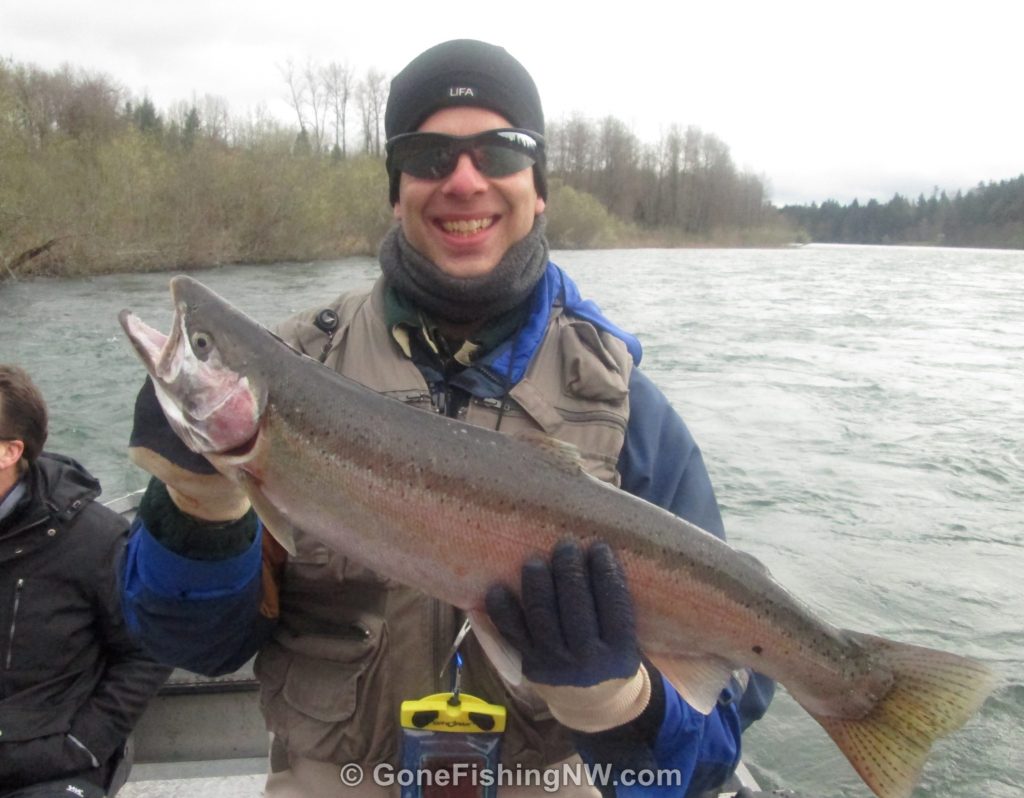
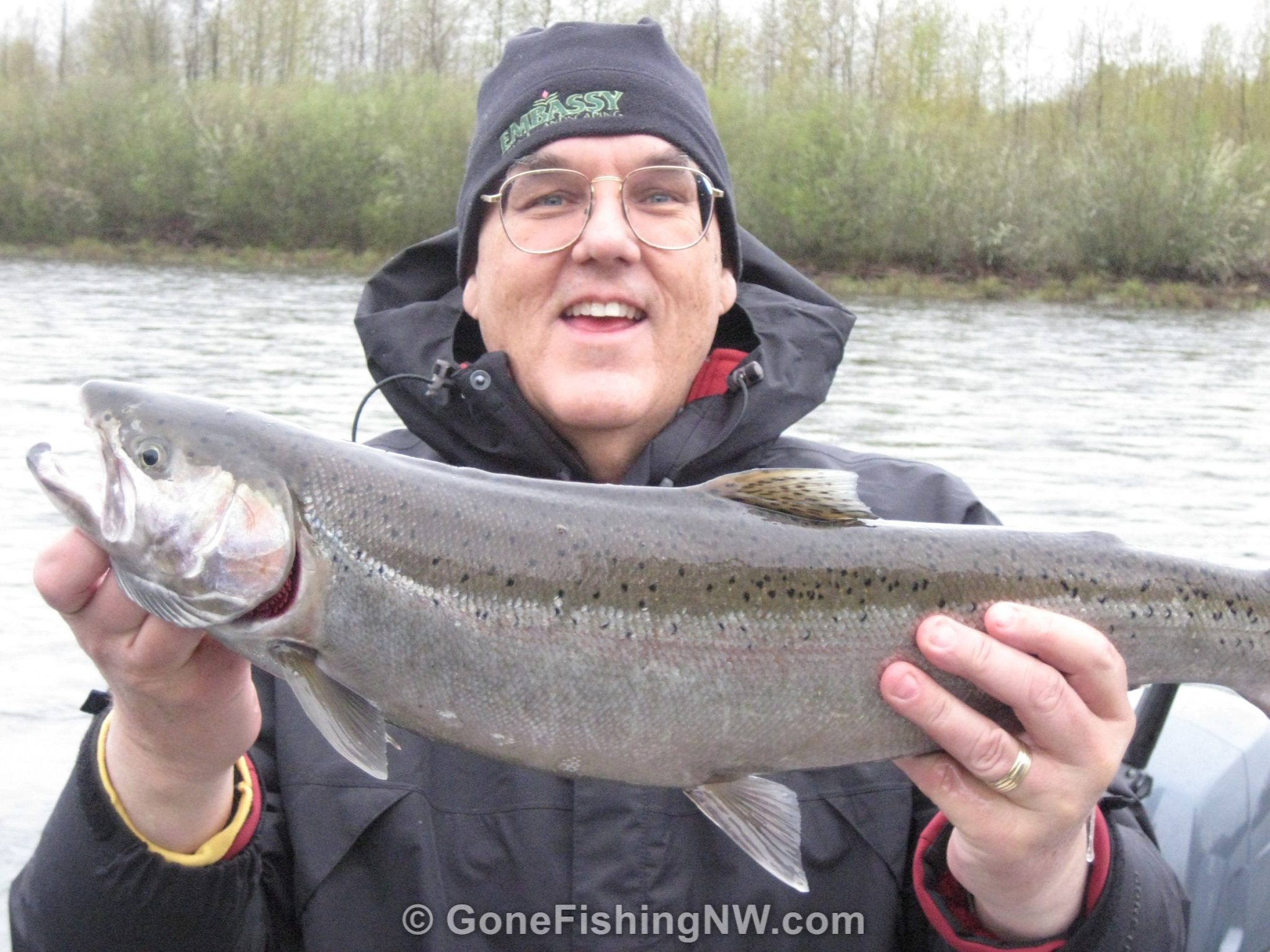
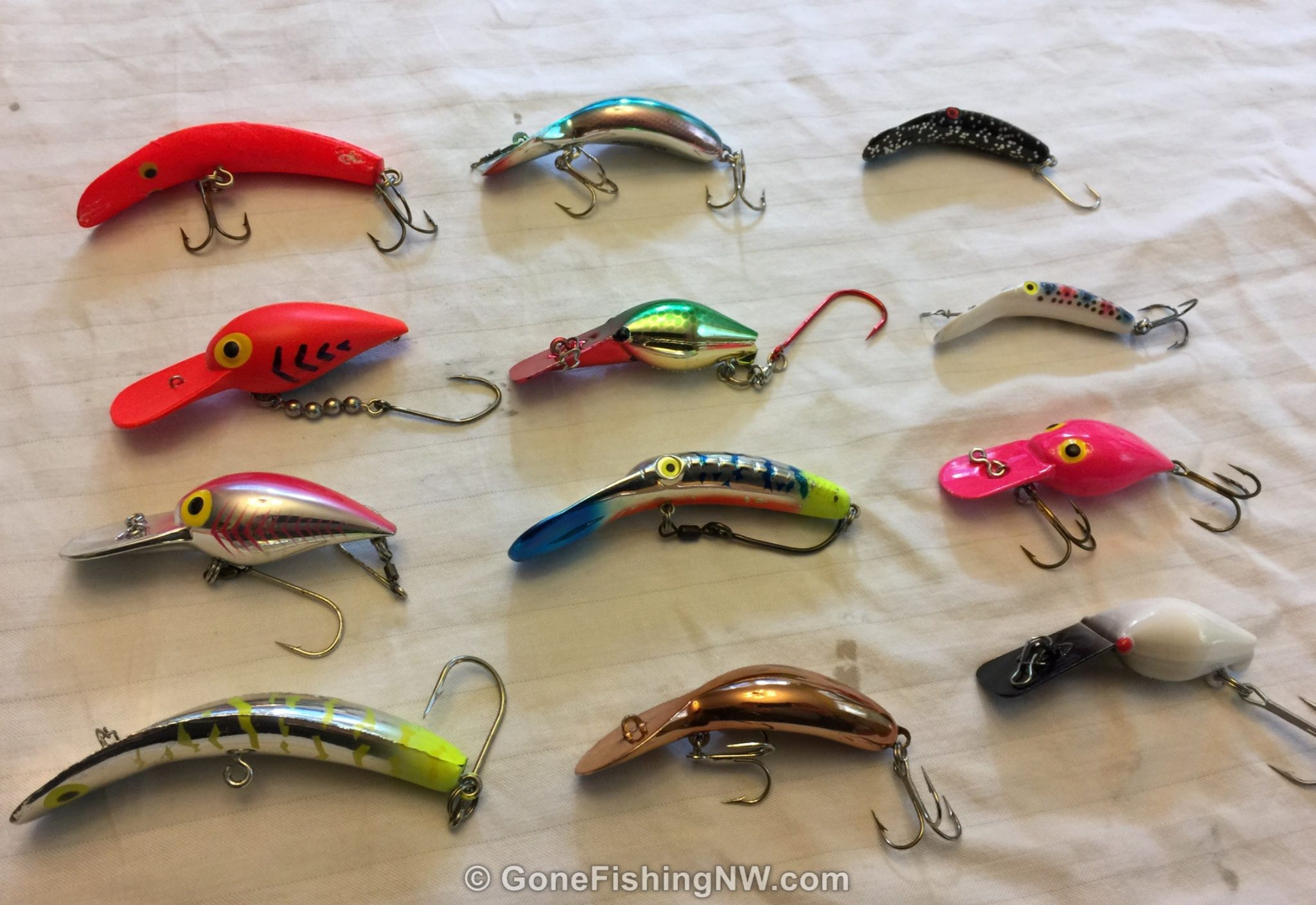
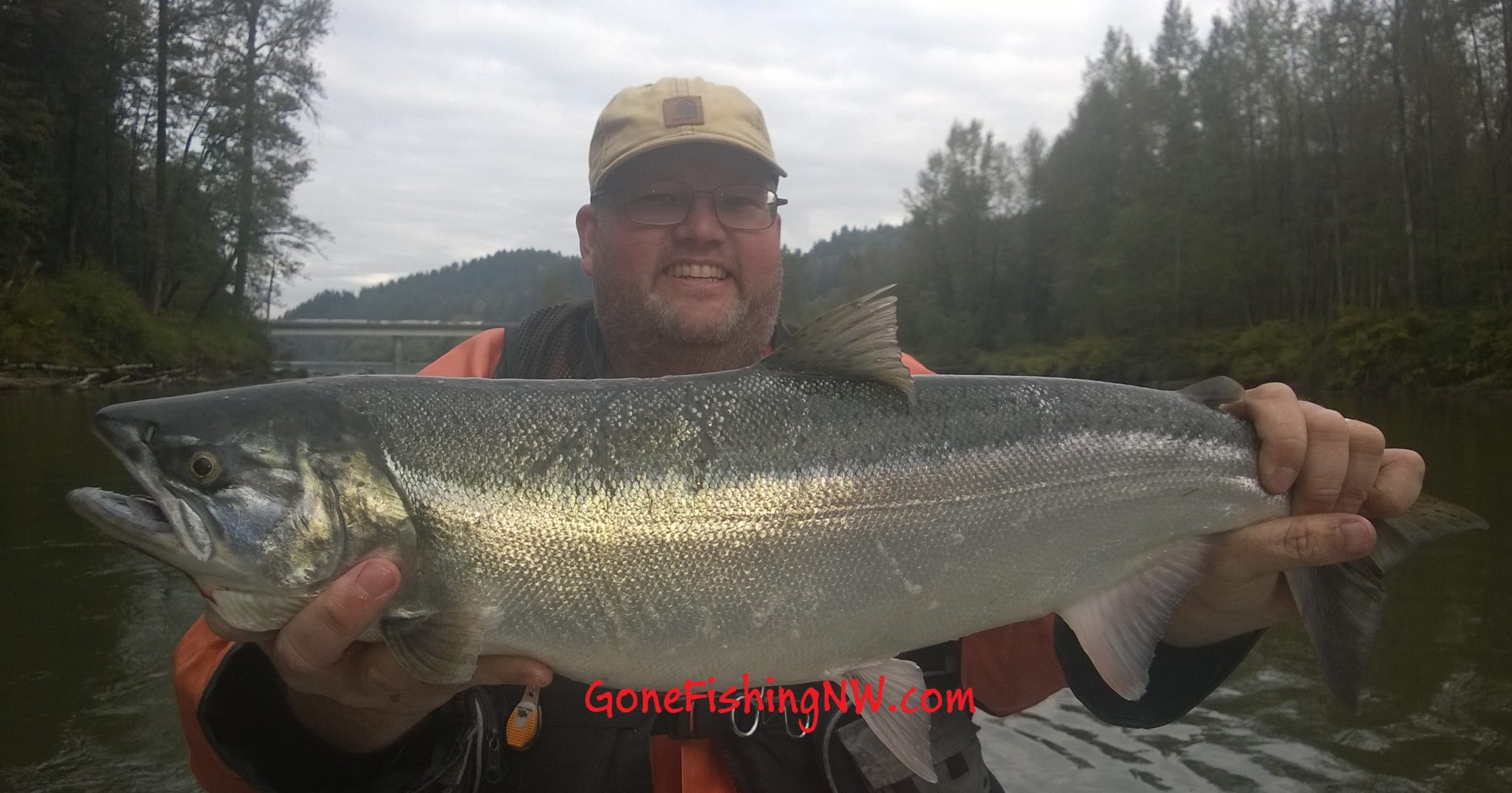
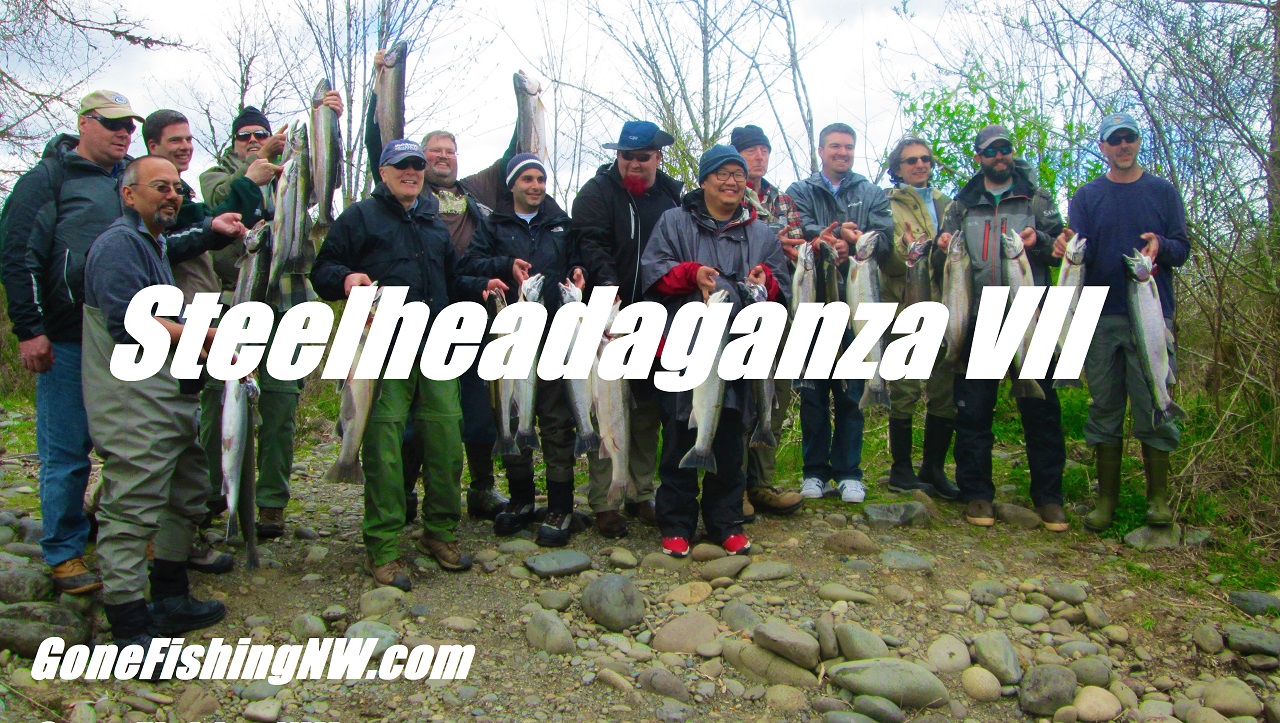
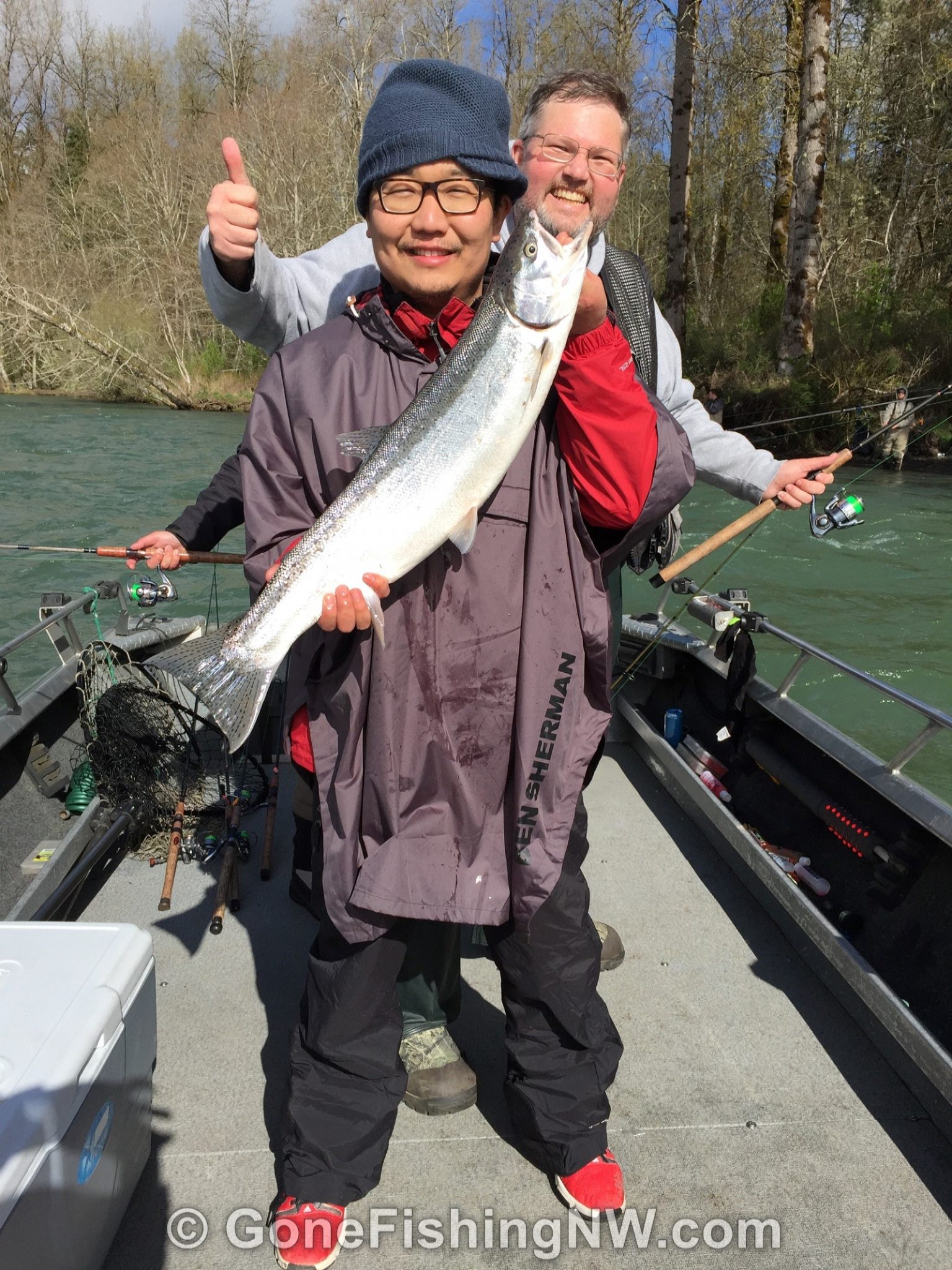
Comments are closed.